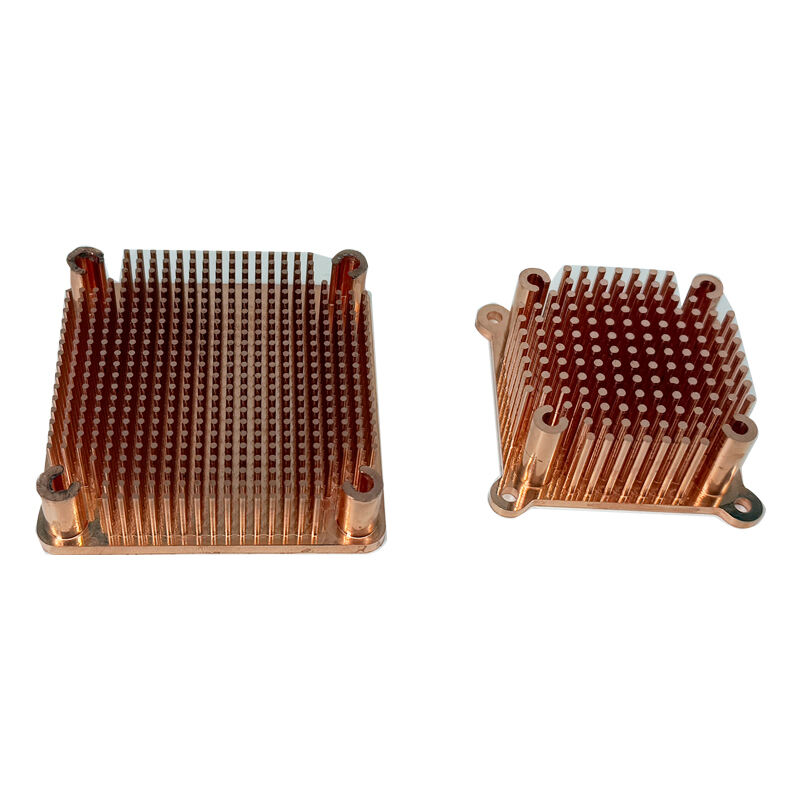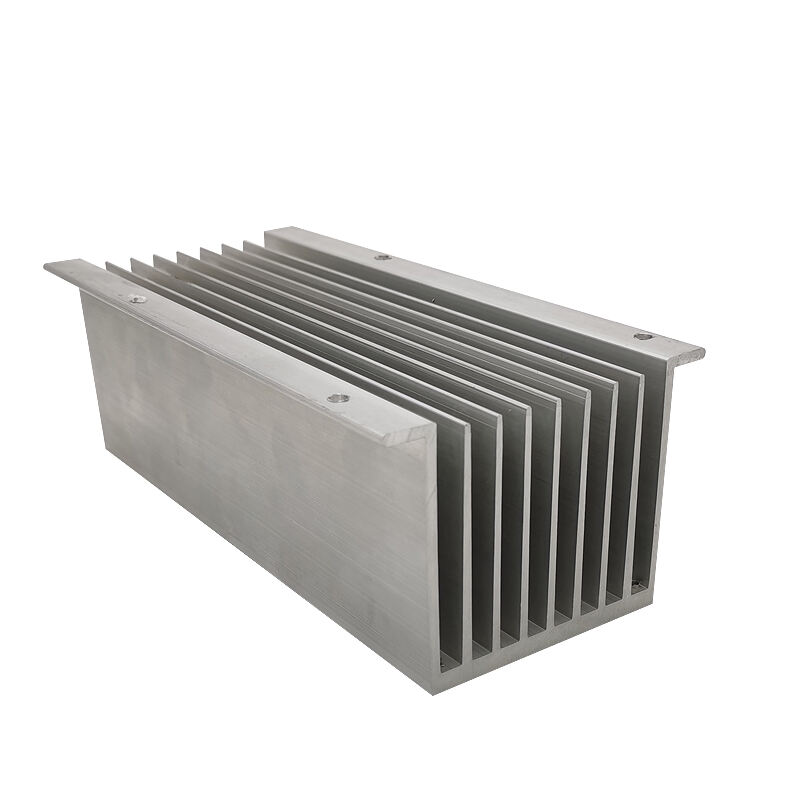round heatsink
A round heatsink is an essential thermal management component designed to efficiently dissipate heat from electronic devices and systems. Its circular design offers optimal heat distribution and maximizes surface area for enhanced cooling performance. The radial fin arrangement allows for uniform airflow distribution, making it particularly effective in applications where space constraints and cooling efficiency are crucial. These heatsinks are typically manufactured from highly conductive materials such as aluminum or copper, featuring precisely engineered fin spacing and heights to optimize thermal transfer. The circular structure enables consistent heat dissipation in all directions, making it ideal for both passive and active cooling solutions. Modern round heatsinks often incorporate advanced design elements such as skived fins, pin fins, or stamped fins, each offering specific advantages for different cooling requirements. The versatility of round heatsinks makes them suitable for various applications, from LED lighting systems and computer processors to industrial power supplies and automotive electronics. Their design also facilitates easy integration with cooling fans, creating efficient forced-air cooling systems that can handle high thermal loads.

